
That first hike is a gateway drug and a dangerous one at that. One moment, you’re pulling on your first pair of proper hiking socks and lacing up your lacing up your hiking boots, and the next, you’re dedicating an entire room in your house to storing outdoor gear and planning multi-day trips across the country. We don’t typically advocate for vices that empty wallets, push our bodies to their limits, and find us waking up in strange places, but for outdoors junkies, we make an enthusiastic exception.
There’s really no better way to experience a place than by exploring it one step at a time. If you’re ready to take that first step but aren’t sure where to begin your journey, you’re in the right place. In this

What to wear on your hike
If you’re not sure what to wear on your first hike, we’ve got good news for you: You most likely don’t need to rush out and buy a whole new wardrobe. As we take a look at what you need, chances are you will own most, if not all, of the necessary gear to get started.
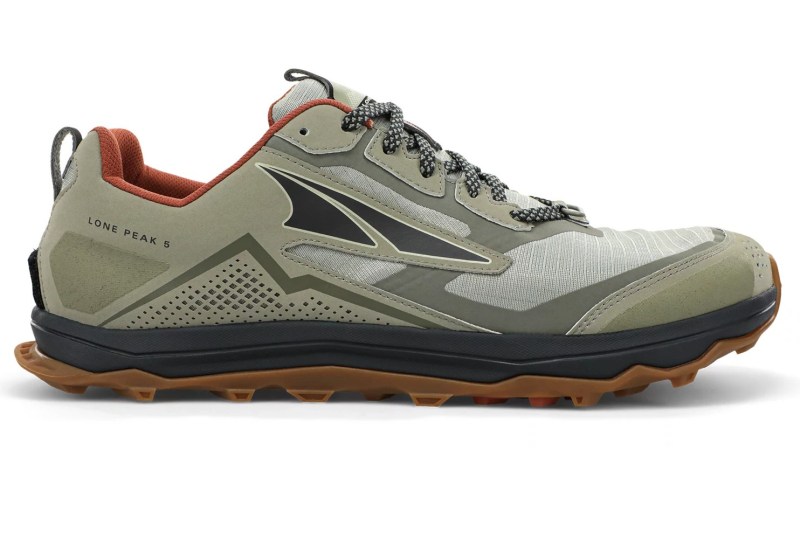
Hiking footwear
Generally speaking, beginner hikers have two main choices for
That’s because although
Trail runners
Trail runners feature supportive footbeds and aggressive tread patterns for traction and won’t weigh you down or run as hot as a traditional
Whatever you choose, we recommend popping into your local outfitter to ensure you get the correct fit for your feet, no matter how long your beginner hike is. The
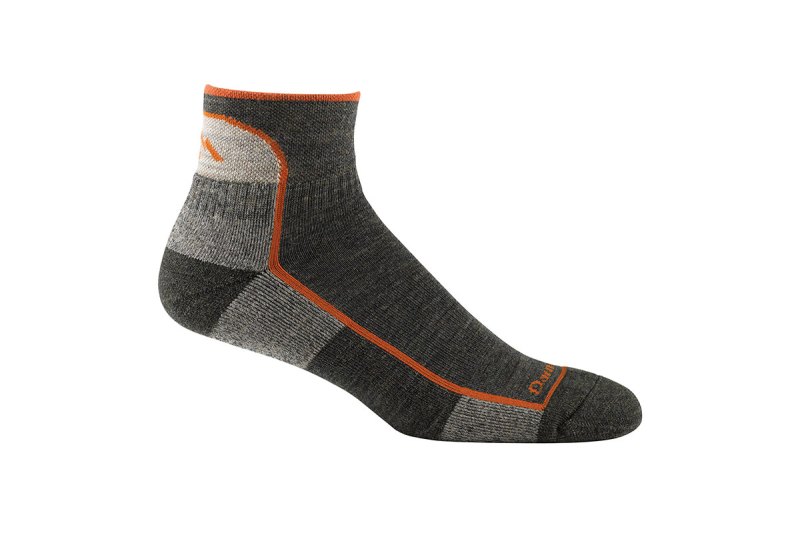
Hiking socks
We can’t stress the importance of this one enough: Do not go out
Keeping your feet happy over the course of a hike depends on keeping them dry and warm. Cotton fibers absorb and hold moisture, which prevents your feet from regulating their temperature or shedding moisture through your
You’ll want to pick up a pair of dedicated

Hiking clothes for warm weather
Similar to socks,
If you’re
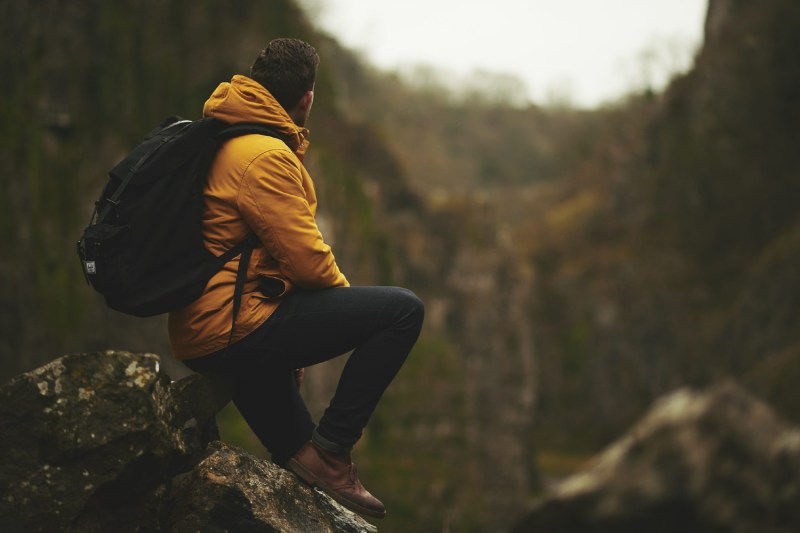
Hiking clothing for cold weather
In colder weather, your layering becomes a little more complex, but the concepts are still similar. Layer up with breathable layers that wick moisture, rather than relying on one thick layer to keep you warm. Not only are layers more effective for temperature and sweat management, but you can add and remove them as you need to along the hike.
Base layers
Start by picking out a set of full-length base layers, both top, and bottom. Base layers help you regulate your body heat while also wicking away sweat as you hike. Again, you’ve got the choice of either synthetic fibers or merino wool here, and both come with some tradeoffs.
Synthetic base layers: Synthetic base layers are typically more affordable, longer-lasting, and easier to maintain than merino wool. They also have the unfortunate reputation of absorbing and hanging on to bodily odors, though, and can get particularly ripe after a long day in the woods. Many synthetic base layers come with anti-microbial treatments nowadays, which helps with the “funk” problem, but they still don’t perform as well as merino in that regard.
Merino base layers: Merino base layers offer all of the same benefits as synthetic fibers — comfortable, insulating, moisture-wicking — but are naturally bacteria and odor resistant as well. There’s really nothing quite like a pair of merino leggings to turn any pair of pants into a cozy winter garment, but they’ve got some drawbacks as well. Merino layers generally come with a higher price tag and shorter shelf life than synthetic layers. You have to be careful when you wash them and should avoid putting them in a hot dryer, as this can degrade or shrink merino layers.
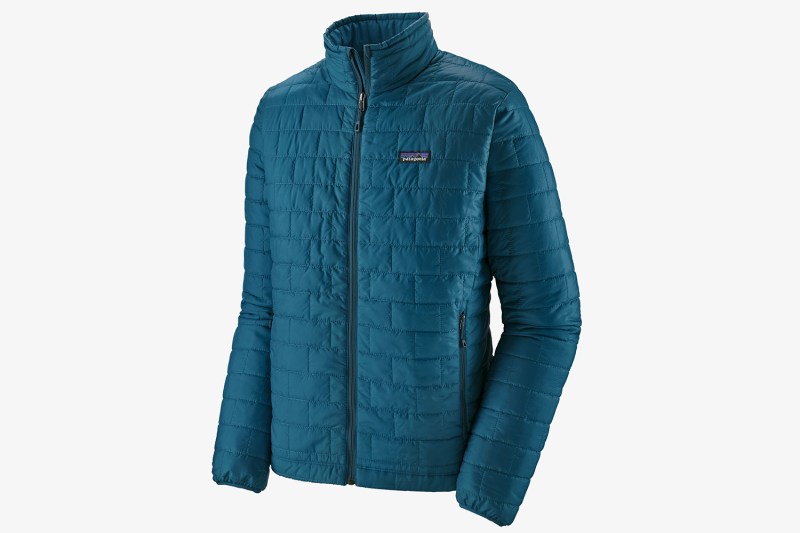
Insulating middle layers
Cold-weather
Puffy jackets are lighter weight and pack down much smaller than fleece, which helps keep your overall pack size and weight to a minimum. Performance fleece mid-layers are typically a little more rugged, affordable, and easier to maintain, but are bulky and harder to stow when you’re not wearing them. As with all your layers, remember to avoid cotton.
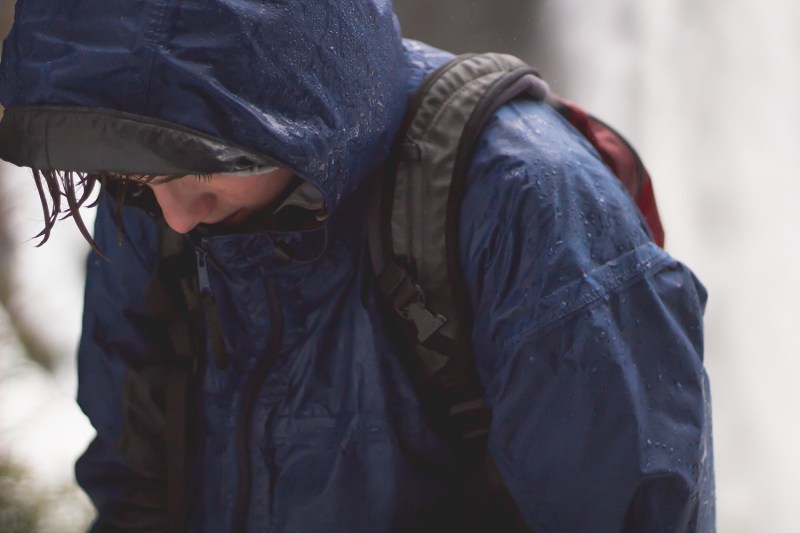
Rain gear
It might seem a bit excessive, but we recommend throwing some basic rain gear into your pack every time you go for a hike. Getting caught out in the rain sucks, but getting caught unprepared sucks a lot more.
At a minimum, you should throw a simple, packable, waterproof jacket into your pack to help keep your core warm and dry if the weather takes a turn. If there’s a good chance of rain in the forecast, or you’re expecting to get wet outright, we also recommend bringing along a set of rain pants to minimize the misery that comes with being cold and wet from the waist down.

What to carry on your hike
Whether it’s a short and sweet four-mile loop on your local trail or a 15-mile excursion through parts unknown, there are a few essentials that you should bring along for every hike. This is the quick-and-dirty version on how to get you into
Choosing a daypack
No doubt you’ve seen pictures or videos of hikers lumbering around with giant backpacks loaded down with bedrolls, pots and pans, tents, hunting gear, etc. That’s not the kind of pack we’re after here.
Instead, single-day hikers pretty much always stick to the humble daypack, which is typically little more than a compact backpack with some extra support and room for one day’s worth of gear.
We recommend looking for a pack size around the 20L mark for shorter trips that will only last a few hours. This gives you plenty of room for the ten essentials — more on that below — as well as a few extra snacks or electronics.
If you’re heading for a particularly long or challenging day, the amount of gear, food, and water you need will increase, and your pack size will grow accordingly. Even the most obsessive over-packers should be able to get away with a day pack around the 30L mark, though, as anything over that is overkill and starts creeping into multi-day backpacking territory.

The essentials
We could give you a laundry list of specific items to throw into your day pack, but the truth is every hiker will differ slightly according to their personal preferences, and that’s just fine by us. Honestly, the authoritative checklist on
The 10 essentials are the classic checklist of everything you need for outdoor endeavors, but technology has come a long way, and we’ve added one of our own “essentials” to the list. We have a whole article dedicated to these hiking essentials — they’re that important — but for now, here’s our quick rundown of what you should never go without.
- Navigation: Map and compass and the skills to use them.
- Sun protection: Sunscreen, sunglasses, and a sun cap.
- Illumination: Headlamp with spare batteries.
- First-aid kit: Even a basic kit can solve a load of problems.
- Fire: Waterproof matches or a lighter.
- Nutrition: Extra food on top of what you plan to eat on the trail.
- Hydration: A water filter can be a better option than carrying extra water.
- Insulation: Extra layers, either insulated or fleece.
- Tools: A multi-tool with pliers, a knife, and basic screwdrivers.
- Emergency shelter: A lightweight bivvy or a group shelter to stay warm and dry in an emergency.
- Communication device: A cellphone or satellite phone.

How to find hiking trails
Now that your beginner
Trail apps
There are several reliable apps for smartphones nowadays that are constantly being updated and expanded by the
Local outfitters
When in doubt, ask a local. Any outdoor outfitter in the area you’re
Ask a friend
Got a friend that likes to hike? Start there. Not only can an enthusiast friend point you in the right direction, but they’ll also probably volunteer to come with you as well.
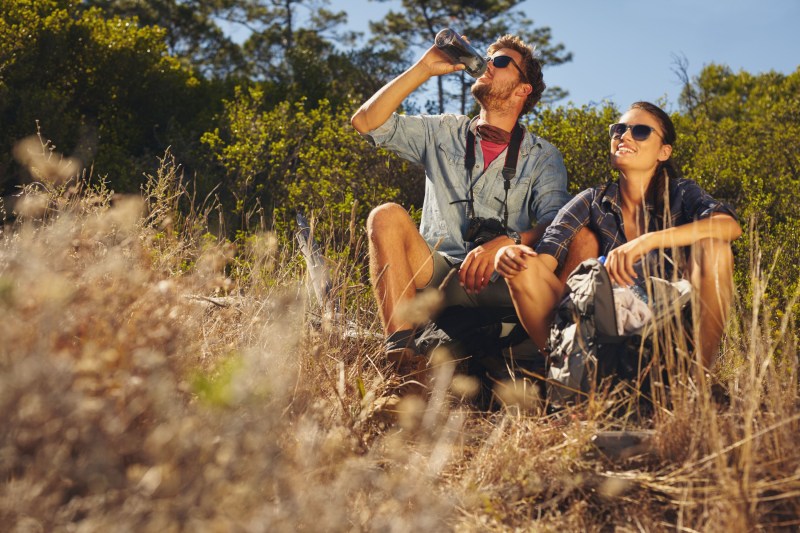
More tips for your first hike (while on the trail)
In addition to the above guidance, here are more tips while you’re on your first of many hikes (to help you stay safe, always).
- Hike with a buddy, especially for your first hike, as it’s safer and more enjoyable to go with a friend or group.
- Respect the trail and stay on the designated path to avoid getting lost and minimize your impact on the environment.
- Leave no trace by packing out all your trash and avoiding disturbing wildlife or vegetation.
- Be mindful of your pace, so start slow and take breaks often, especially when going uphill. Listen to your body and don’t push yourself too hard.
- Drink plenty of water throughout your hike, even if you don’t feel thirsty.
- Be aware of your surroundings by paying attention to the trail markers and watch out for potential hazards like loose rocks, uneven terrain, and wildlife.
- Enjoy the scenery, and be sure to take time to appreciate the beauty of nature and disconnect from your daily routine.



